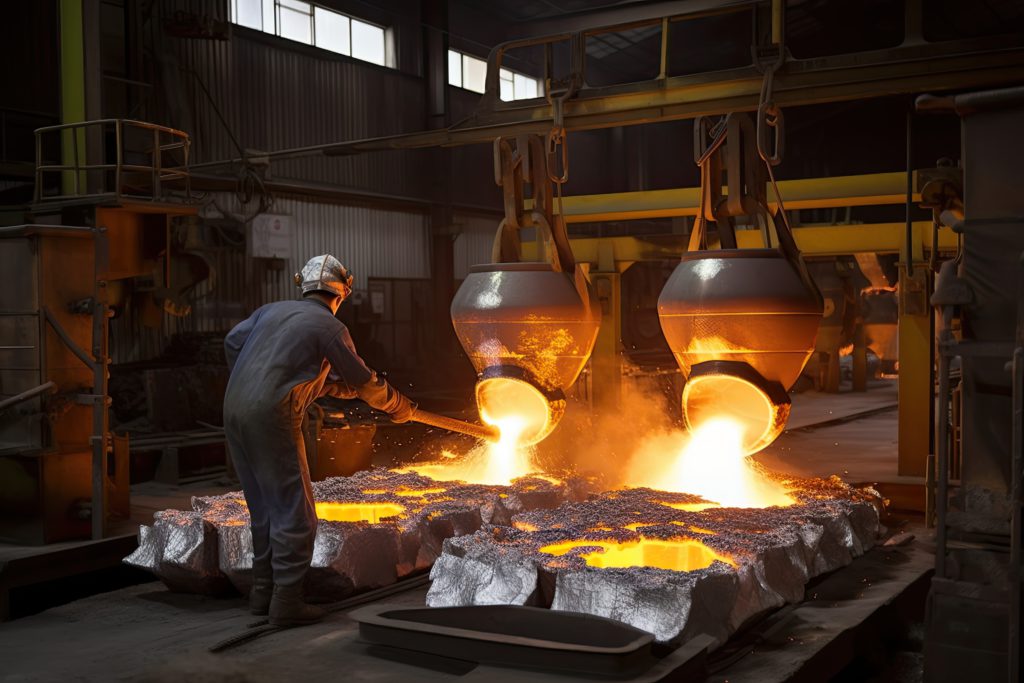
(The opinions expressed here are those of the author, Andy Home, a columnist for Reuters)
China’s announcement that it will end tax rebates on exports of aluminum semi-manufactured products caused market mayhem on Friday and may have major long-term ramifications for the global aluminum supply chain.
The Shanghai price sank and the London price surged as traders factored in the potential annual loss of over 5 million metric tons of Chinese products in the international market.
That’s a worst-case scenario and the reality may turn out to be less dramatic, depending on how China’s aluminum processors cope with what for many is a loss of vital income.

The Ministry of Finance’s elimination of the 13% VAT refund effective Dec. 1 also applies to exports of copper products.
China’s shipments of copper products are not insignificant at around 700,000 tons a year but aluminum volumes are on a different scale.
The country’s exports of semi-manufactured products such as bars, sheet and tubes totalled a massive 5.2 million tons in 2023. They will be higher still this year. Outbound shipments grew by 17% in the first nine months of 2024.
Just about all of that tonnage qualifies for the VAT refund, which acts as a financial life-line for many smaller product manufacturers in a ferociously competitive market.
There will be a predictable rush to export before the Dec. 1 deadline and those processors that can will no doubt look to pass on some of the cost hit to international buyers.
The market reaction has been to open a financial arbitrage window to facilitate continued flows of aluminum product from east to west.
The most likely outcome is a sharp drop in export volumes next year followed by some stabilization as exporters adjust to the new financial reality. This is what happened to galvanized steel exports after the authorities eliminated the tax rebate for plate and sheet in 2020.
Much, though, will depend on Chinese processors’ ability to operate without the VAT lifeline.
China’s mid-stream aluminum processing sector is plagued by over-capacity with utilization rates typically below 65% and as low as 40% in some sectors, according to research house AZ Global.
Not everyone is going to survive.

Why has China pulled the tax trigger? And why now?
The decision appears to be motivated by both international and domestic considerations.
China’s exports of aluminum products have long been a point of tension with Western trading partners, who have accused the country of unfair subsidies and damaging trade practices.
Removing the tax export booster may be a pre-emptive concession at a time when the diplomatic heat is rising.
China has been locked in talks with the European Union over the bloc’s imposition of tariffs of up to 45% on Chinese exports of electric vehicles with both sides keen to avoid a broader trade war.
Meanwhile, the prospect of a new US administration promises more tariff trouble for China given Donald Trump’s threat to impose import duties of up to 60% on all Chinese products entering the United States.
It’s worth noting that Friday’s announcement also included a cut in the VAT refund for both photovoltaic cells and batteries, two other major sources of international trade tension.
Reducing exports of aluminum products may also address a fundamental tension in China’s domestic supply chain.
The government has imposed a capacity cap of 45 million tons on its smelting sector. National output of primary metal is currently running at an annualized rate of 43.5 million tons, suggesting little further growth potential.
Yet China is going to need more aluminum, a metal that is closely tied to the clean energy revolution in the form of packaging for solar panels and electric vehicle bodies.
Rising demand and static output imply an ever tighter domestic market balance as long as 5 million tons of product are shipped overseas.
Incentivizing the sector for that material to stay at home is one way of ensuring self-sufficiency over the coming years, a key goal for Chinese policymakers across the commodities board.
The short-term impact of the tax rebate removal may not be as bad as the market fears, but it marks another big step in the fracturing of what was until recently a globalized marketplace.
The United States has been erecting ever higher trade barriers on Chinese aluminum, most recently in the form of a 25% import tariff. Canada has done the same while Mexican shipments to the United States must now come with evidence they haven’t been fabricated from Chinese metal.
The EU has imposed import tariffs on some Chinese aluminum products and a bigger barrier is coming in the form of the bloc’s carbon border adjustment mechanism.
China’s move to limit exports merely adds to the sense that the global aluminum market is breaking down into distinctive regional markets defined by trade barriers.
Western smelters, many of them shuttered due to low prices, and product manufacturers may be the eventual winners from a reduction in Chinese exports.
To what extent, however, depends on how hard the Ministry of Finance’s tweaks to its tax code hit China’s domestic operators.
(By Andy Home, Editing by Emelia Sithole-Matarise)
Comments